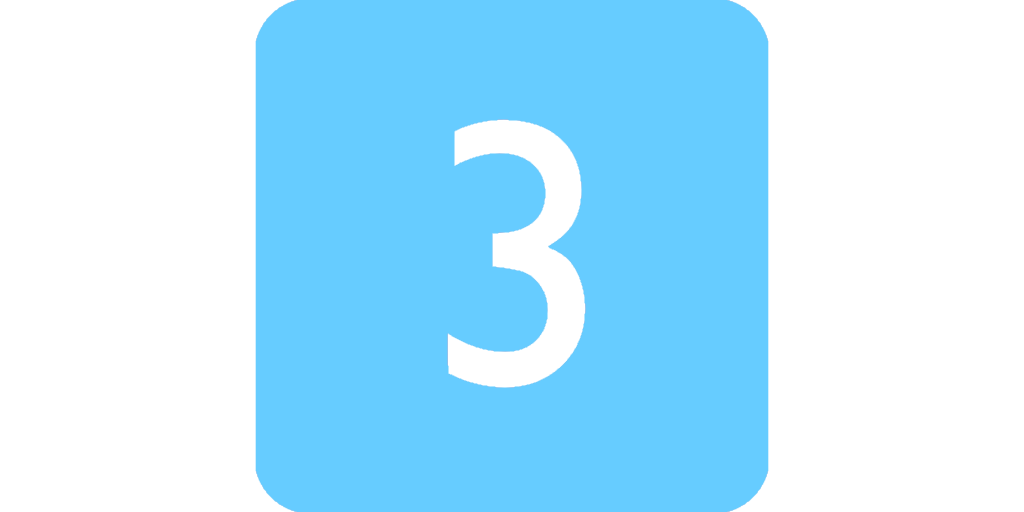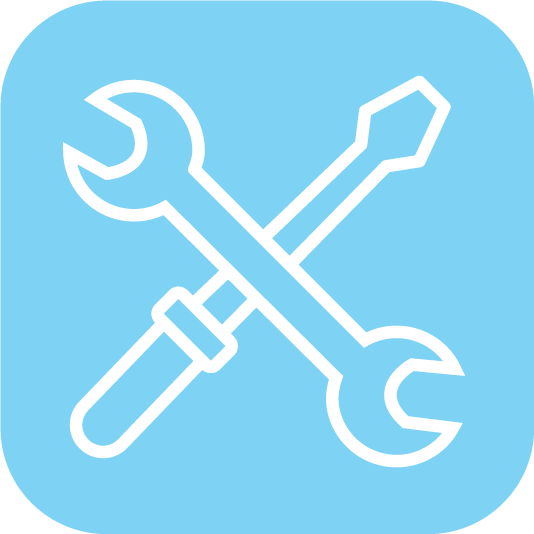Contextual Inquiry

This method is aimed at revealing the knowledge customers might have but are unaware of and therefore unable to communicate in a traditional interview through pure observation or combined with explorative interviews. This approach helps in exposing unidentified customer needs and problems, workarounds, and substitute solutions.
One key insight you want to gain when developing a new offering is how future customers are dealing today with the problems you want to solve. The best way to find out is to observe them while they are doing the tasks related to your offering and asking them questions about their behavior. By analyzing their different ways of circumventing the problems, you can improve your offering and find out how important a new solution is for your customers. If it is a mere nuisance, the probability of them paying for your solution is limited and thus your solution needs to offer more. By combining the observation with qualitative interviews, you have the advantage of talking to potential customers in a situation where they would use your offering, helping them better imagine themselves with the solution and thus being able to give more useful feedback.
Helpful Tips
Prepare yourself: Before conducting the contextual inquiry, get a good picture of the location you want and understand its peculiarities so you can design your test accordingly.
Design it well: Be clear on the context of your inquiry, who you want to observe and where, and what data you want to capture. Develop a good interview guide with open ended questions to get most out of the interaction.
Stay flexible: Keep the interviews semi-structured and see where the interactions lead. Always do the contextual inquiry in teams so you can document the feedback and behavior of your test persons simultaneously.
Combine it with other formats: Conducting a contextual inquiry entails face to face contact with your customer. Use this opportunity to combine a contextual inquiry with other test formats like: Problem/Solution-Interviews, Events, Toy Prototypes, Mockups or Explainer Videos.

How to Guide
Identify (or create) suitable environments that the users are interacting in when using your potential offering and that allow you to observe these interactions. Develop an interview guideline that takes into account the situation.
Identify potential participants, either by recruiting or addressing them in your defined environment. Don't forget to ask for permission to film them and bring at least one other interviewer with you.
Document the results, code the responses and behaviors to make them comparable and quantifiable, and analyze the results to find common insights.
Tools & Guides
Coming soon.
Do you need help with a specific project or want to learn more about how to use the Business Model Testing Cards?






